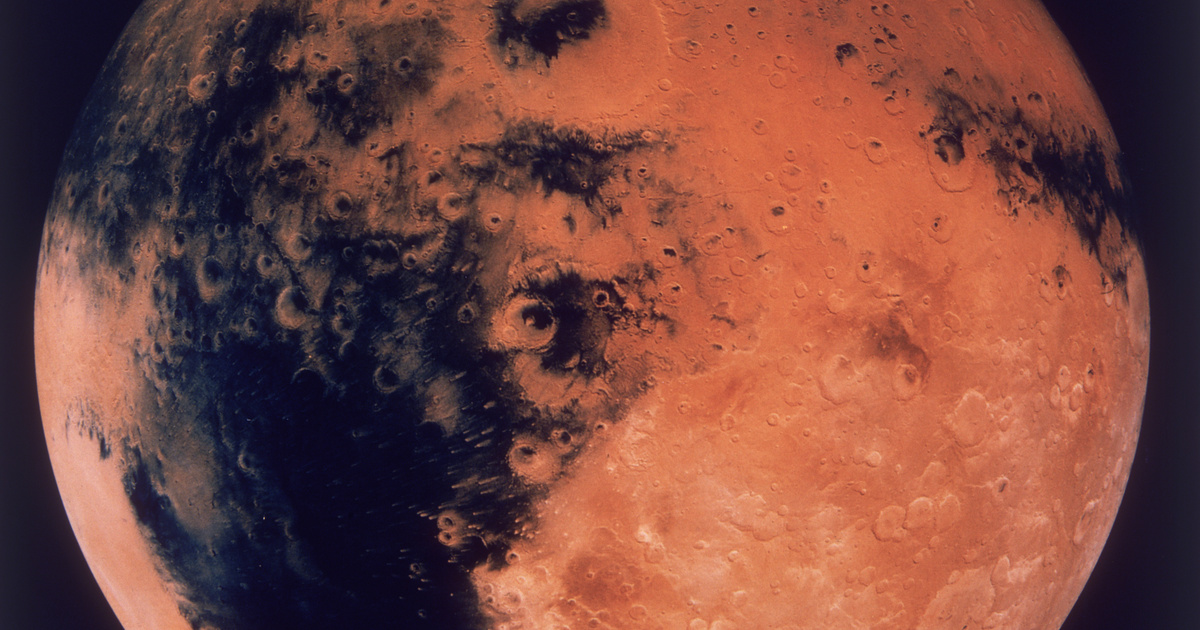According to NASA, an unusually powerful solar storm hit Mars in May, covering the red planet in auroras and a stream of charged particles and radiation. CNN. The sun's activity has increased over the past year as it approaches the peak of its 11-year cycle, known as solar maximum, which is expected to occur later this year.
In recent months, solar activity has increased, accompanied by X-magnitude explosions and coronal ejections, that is, large clouds of ionized gas, so-called plasma and magnetic fields, emerging from the outer atmosphere of the Sun. Solar storms that struck Earth in May created colorful auroras that appeared in areas rarely seen.
The storms originated from a huge mass of sunspots that were facing the Earth. Then this group of sunspots shifted towards the cosmic Mars adjacent to Earth. Astronomers have used several rovers and rovers on the Red Planet to directly record the effects of a solar storm on Mars and to better understand the radiation levels that future astronauts might encounter.
Special aerial photos of Mars were taken
According to data collected by the Solar Orbiter spacecraft currently studying the Sun, the most extreme storm occurred on May 20, after an X12 solar flare. The massive explosion sent X-rays and gamma rays towards Mars, and the eruption was quickly followed by a coronal mass ejection, sending charged particles towards the red planet.
The Curiosity spacecraft, currently investigating Gale Crater, captured black-and-white images of the solar storm using its navigation cameras. According to NASA, the white, snow-like streaks that appear in the images are due to charged particles colliding with Curiosity's cameras. The astronaut standing next to the rover would have been exposed to the equivalent of 30 chest X-rays, not fatal, but the largest such increase measured by the rover's instruments since landing nearly 12 years ago. Understanding the radiation peaks that astronauts encounter on the Red Planet will help scientists plan how to protect future travelers to Mars.
The MAVEN spacecraft captured aerial images of the aurora borealis over Mars during a solar storm. The orbiter left for Mars in 2013 to study how the Red Planet lost its atmosphere over time and how space weather generated by the Sun interacts with Mars' upper atmosphere.
Because Mars does not have a global magnetic field, Martian auroras are not concentrated at the poles as they are on Earth, but instead appear as a diffuse global aurora associated with Mars' ancient magnetized crust.
Deborah Padgett, a NASA leader, explained the effect of light covering the entire planet. According to NASA, future astronauts may one day see these Martian lights.
“This was the largest solar particle event MAVEN has ever seen,” MAVEN spacecraft commander Christina Lee, of the University of California, Berkeley, Space Science Laboratory, said in a statement.














































